Florencia Rodriguez on the importance of curiosity, criticism and cultural freedom
Florencia Rodriguez, architect, writer and artistic director of this year’s Chicago Architecture Biennial, comments on the state of the States
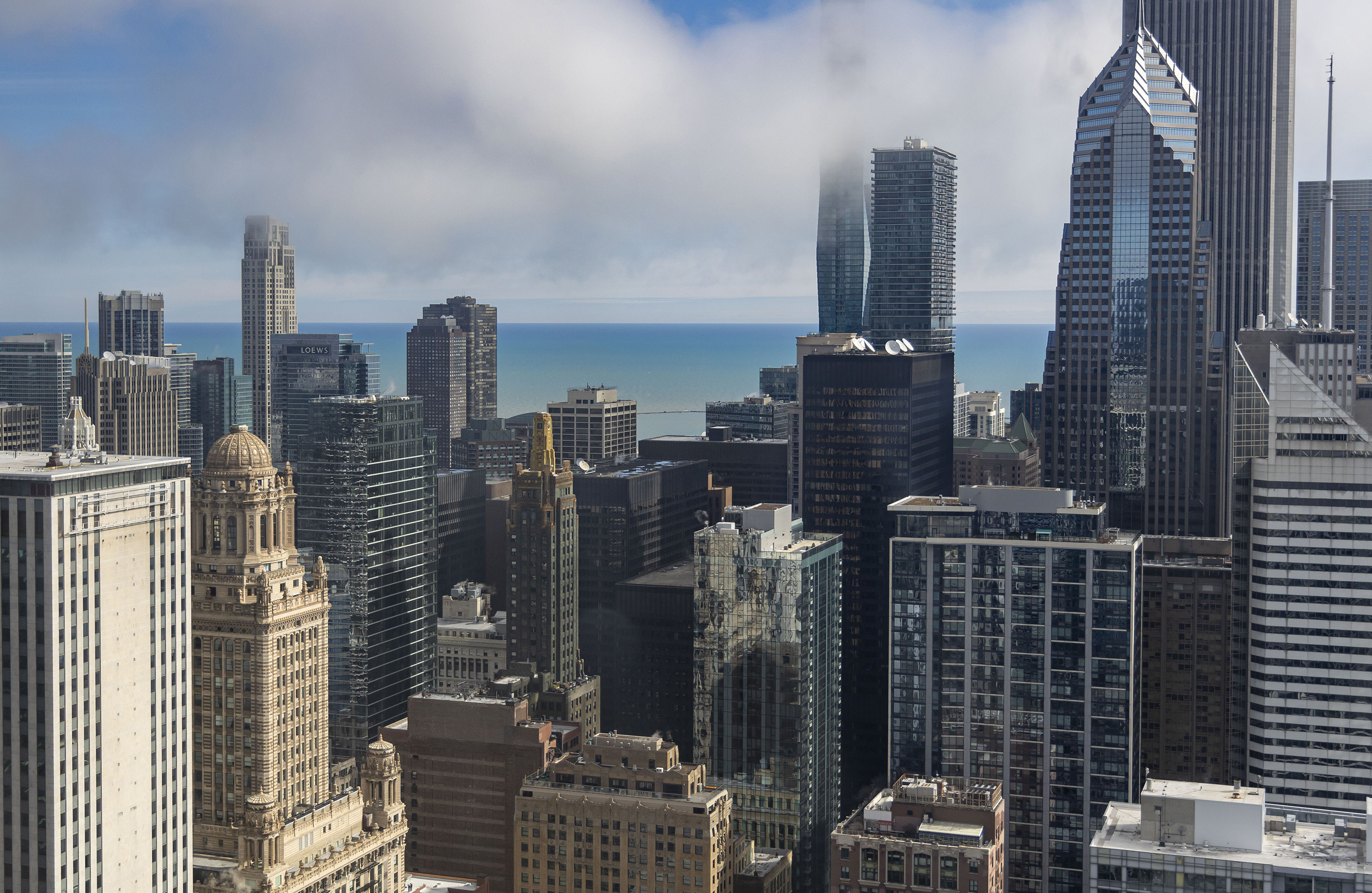
Ellie Stathaki
I am an architect, and when you are trained as one, you work on a project thinking about different possibilities for the future. Architecture is about dealing with change, understanding it and trying to come up with options that can improve a situation. In this context, you could say that architecture and design are inherently optimistic fields. But not optimistic in a naive way that blindly trusts what’s there, but mostly because these fields rely on the fact that imagination and knowledge together can provide critical tools to improve how we live.
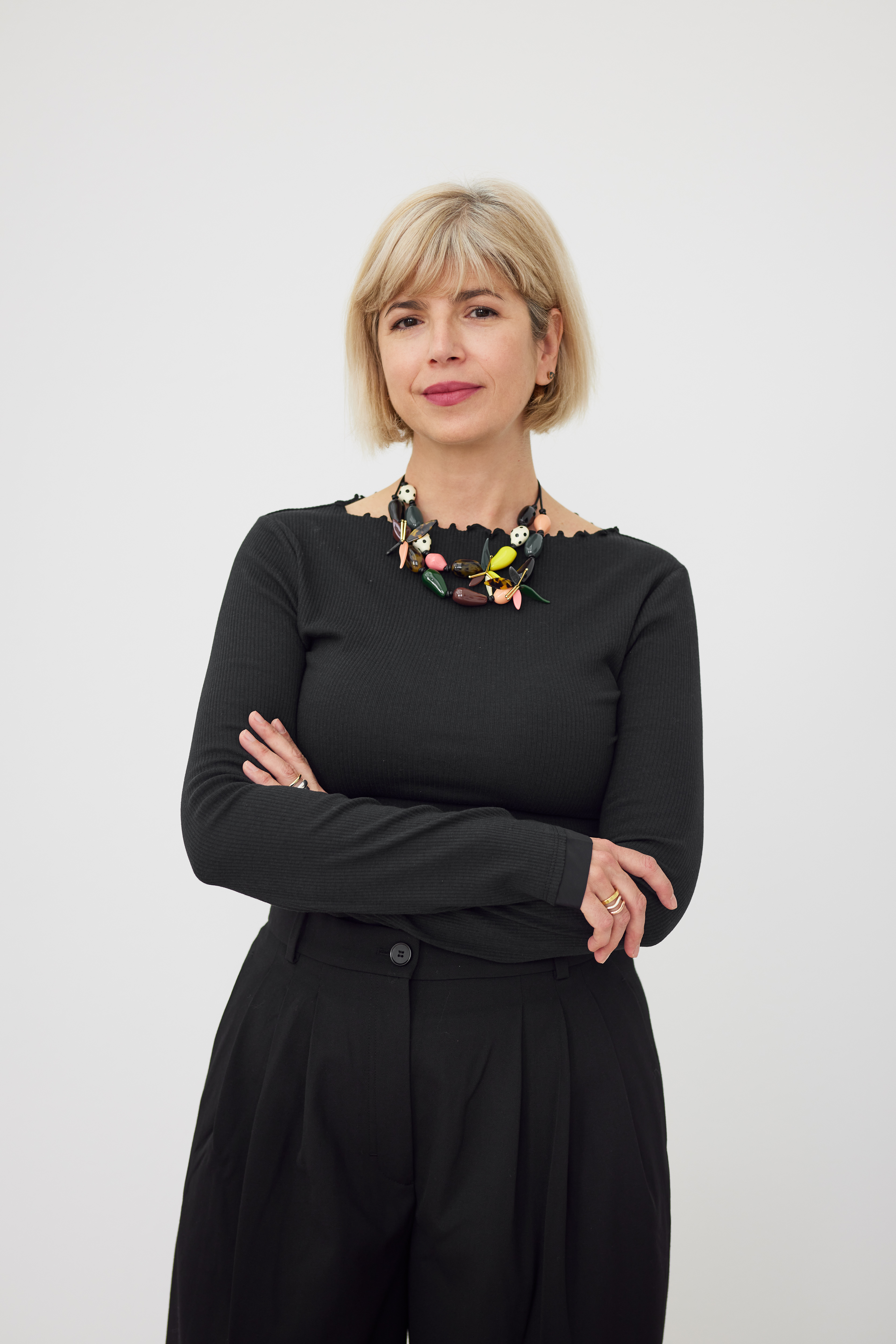
I am originally from Argentina, so I have this dual relationship to architecture in the US. I enjoy engaging with and learning from all the speculations emerging from US academia, the different kinds of possibilities and experimentations that the cultural field of architecture offers here. But I also bring another set of preoccupations and a way of understanding architecture that is very much related to my personal background and education. This has to do with cultural fabric and social engagement within the built environment. The way I understand architecture is attached to everyday reality, context and the politics of space. There is a very rich autonomy in the field here, and great architects, of course, but there is also a tension between this and the need for social engagement. When the discourse becomes too endogamic, it can turn into a bubble and lose its touch with the world in which it operates. This creates a polarisation between pure formalism and architecture as a tool for connecting and for societal representation.
How I am addressing the curation of the upcoming Chicago Architecture Biennial (CAB) centres on blurring that polarisation. It is about understanding that design has amazing possibilities and that architecture cannot work alone to solve problems, it needs to interact with different actors in society, such as politicians, developers and communities. Architects understand how space performs, and we have a responsibility in taking part in the creation of possible futures. There are voices in the field that are currently very critical about the production of excess, and others that are turning their focus to the vernacular, sometimes over-romanticising its possibilities and meaning.
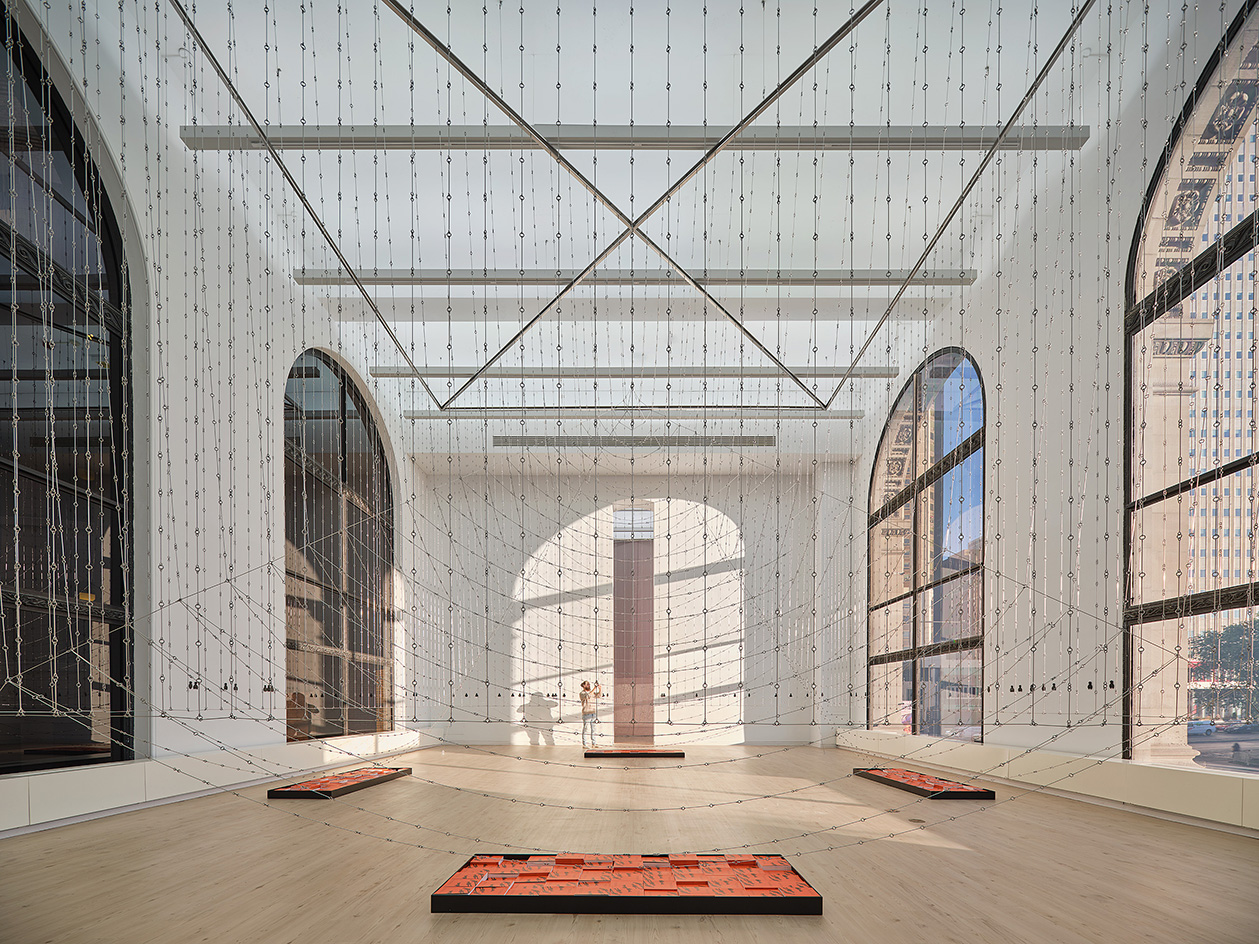
Work by The Buell Center at the Chicago Cultural Center during the CAB in 2023
Florencia Rodriguez: in her own words
I am very enthusiastic about engaging with questions about the need for change. This is what inspired the theme of this year’s CAB, ‘Shift’. We need a change and a shift in how we think about the substance and the fundamentals of the field of architecture. Space is political, and how we decide to live in a certain moment in history always has a political implication. I am trying to inspire a dialogue around all these elements.
For CAB, there is not a single, central exhibition, but a constellation of capsule ones, which hopefully will open up critical discussions on different fronts. For example, one of the shows, ‘Ecologies’, talks about ecosystems – not just natural, but also within the built environment and fabric, and what these relationships mean. The younger generations are more organically related to climate change and social empathy. The challenge is always how to address things materially, because we build and bring new things into the world. Responding to what we saw at this year’s Venice Architecture Biennale, this doesn’t mean that we need to get extremely technocratic, but we need to understand the capabilities of design. Form, beauty and the recognition of value in the ordinary are also very powerful mediums.
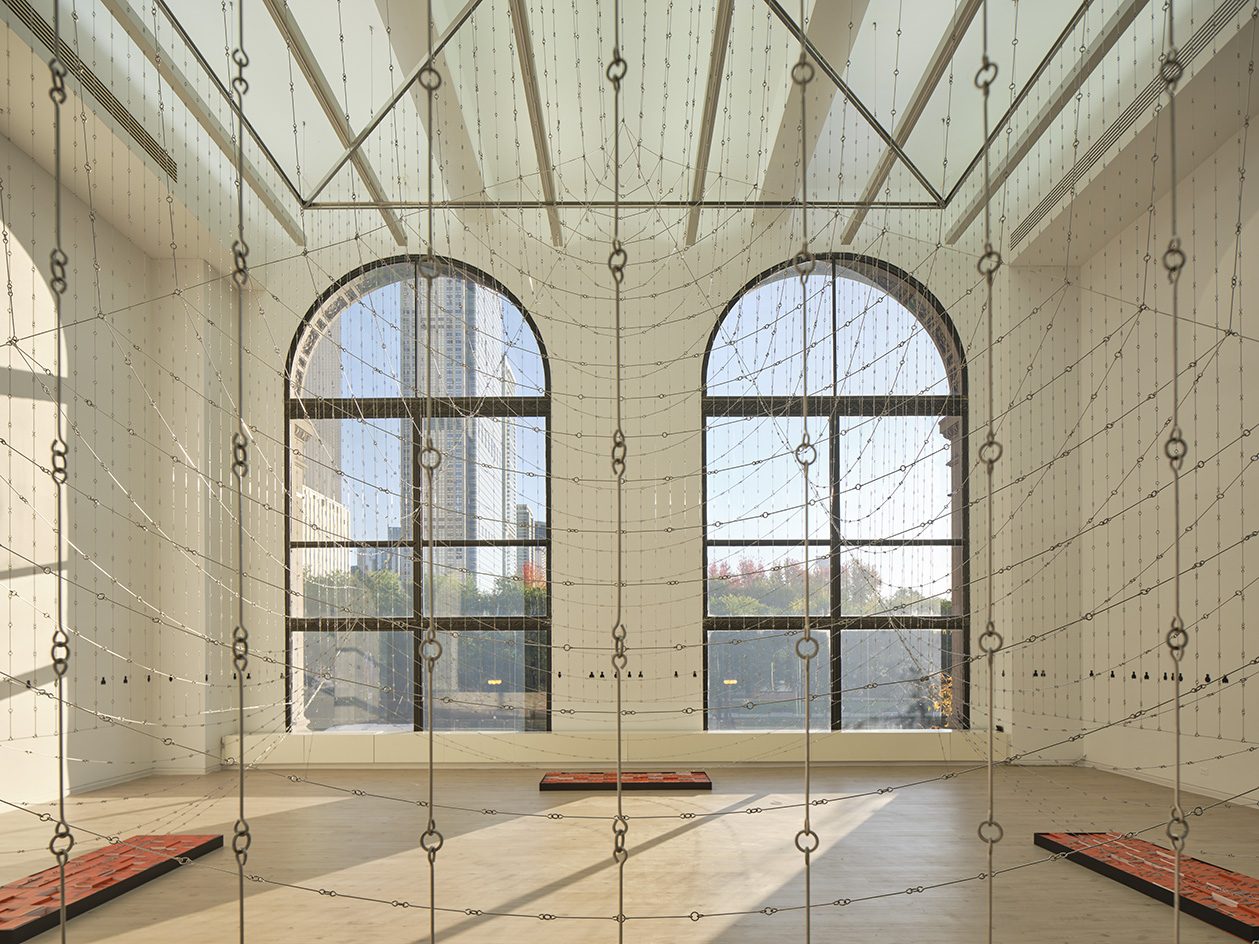
Work by The Buell Center at the Chicago Cultural Center during the CAB in 2023
Another show at the upcoming biennial is ‘Inhabit, Outhabit’, which focuses on collective housing and gathers more than 30 case studies of ways of living from around the world that explore specific transformations. Some propose new models for ownership, shared spaces, typological experimentations or a more responsible use of materials. There is also a separate spotlight called ‘The Ordinary Extra’ that looks at some tendencies of new realism in architecture. This is about layering, bringing imagination and finding magic in the everyday. It is about moments that are not necessarily what we would call spectacular or idealistic, but offer elevated experiences and new ways of looking. Even a corner of a window can be magical. There will be other capsules, like ‘Everything Chicago’, related to the city, its future and its history; ‘Melting Solids’, inspired by Marshall Bergman’s book All That is Solid Melts into Air, about the experience of modernity; or ‘Fragmented Manifestos’, revising some other moments of radical change for the field. We will also have a public programme, which we have called ‘We need to talk’.
Beyond the biennial, I am always thinking about critique in architecture. Fifteen years ago, I founded Plot, a journal on architecture based in Buenos Aires. Publishing and writing about architecture is integral to the field, and the biennial will also have a small publication programme, hopefully including pamphlets and some experimental formats. I love to explore what criticism means today, its role and what forms it might take. Plot was heavy and sturdy, and perhaps now this heaviness is not necessary, so what do we need right now?
Receive our daily digest of inspiration, escapism and design stories from around the world direct to your inbox.
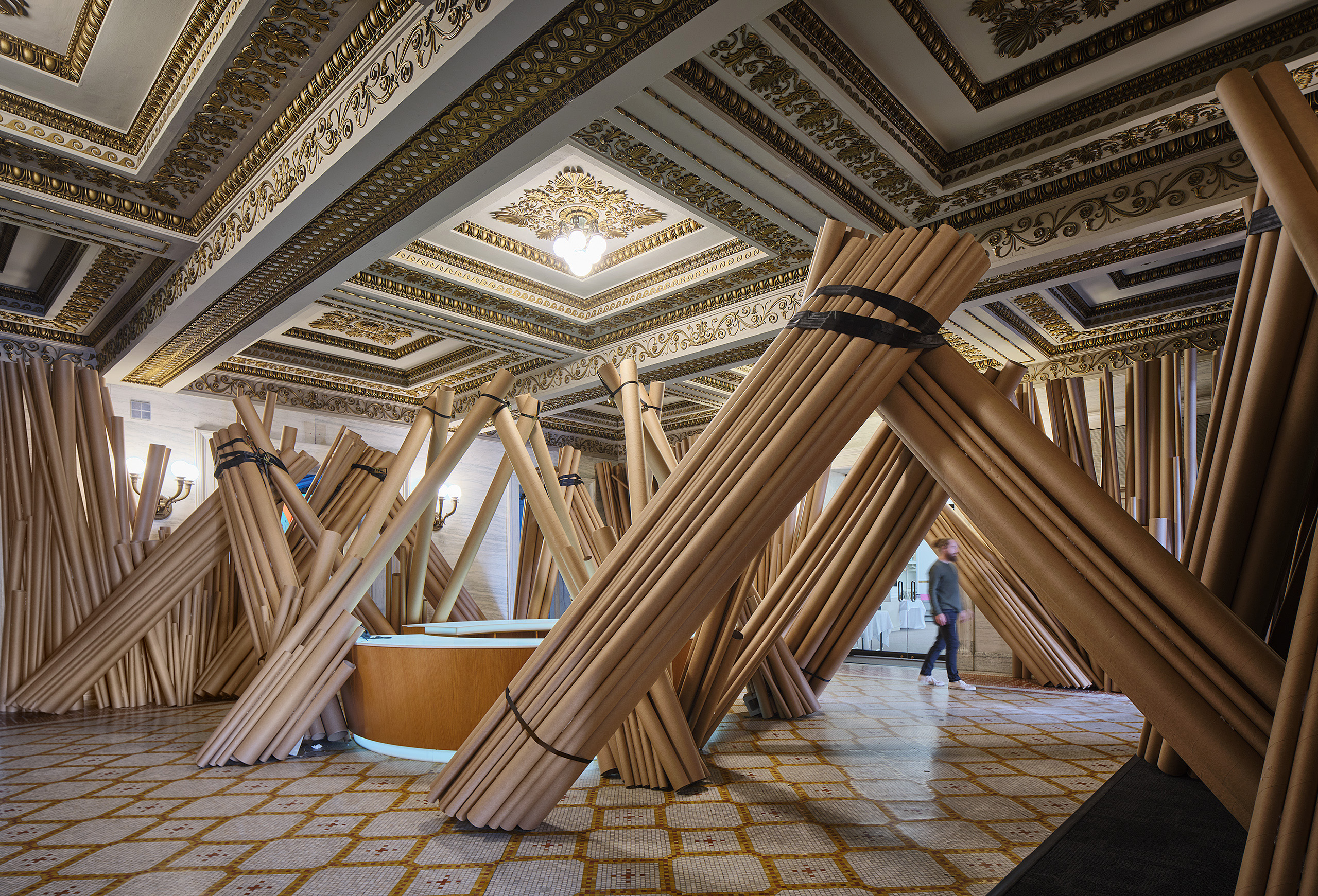
Barkow Leibinger's 'Cardboard Merzbau' at the Chicago Cultural Center during CAB in 2023
Many professionals in the US are worried about their research grants being cut and possibilities becoming more limited due to government spending being significantly reduced within the fields of culture. This is not something that has affected the biennial finances directly, but that impacts how we think and do cultural production. I want this biennial to be inclusive and critical, so it is important that we are open to conversation and are free to express different opinions. I was born in Argentina in the 1970s, and the political situation there at the time meant that we did not have full freedom of speech, and my family had to go into exile for five years. So I guess I have been conditioned since childhood to be able to operate in different environmental conditions.
I believe architecture is for everyone and should be open to all. Now, more than ever, it is critical to foster respectful dialogue, bring to the fore difficult conversations, and try to build collective understanding. We want to talk to the field, but also to the general audience on the same level, and navigating that line is an important part of my curatorial work. I hope the biennial will not be an echo chamber for the industry, but a place that people feel they can access freely and where we can think together. Curiosity is key here. I hope our exhibitions trigger curiosity, feel provocative and communicate with everyone.
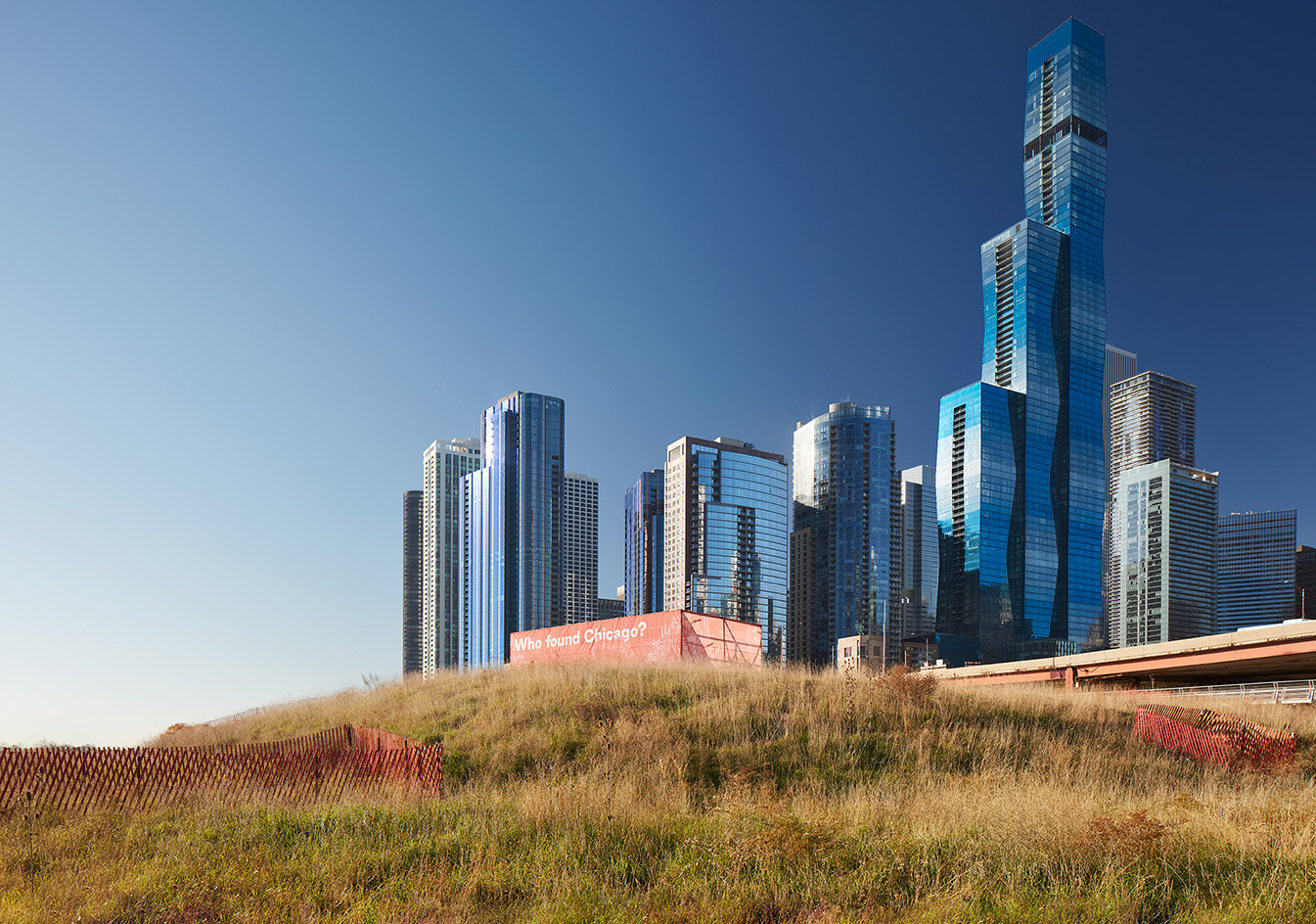
Image from Carol Ross Barney, Ryan Gann, and the Dusable Park Design Alliance's 'Parallel Histories' presentation at CAB in 2023
Interviewed by Ellie Stathaki
chicagoarchitecturebiennial.org
@flor_ness
Florencia Rodriguez is Director of and Associate Professor at the University of Illinois Chicago's School of Architecture (UIC/SoArch). Having practiced mainly as an editor, writer and educator, she has built a career path driven by a strong entrepreneurial spirit that led her to create and run cultural initiatives related to architecture and design. She currently serves as artistic director for the Chicago Architecture Biennial 2025.
-
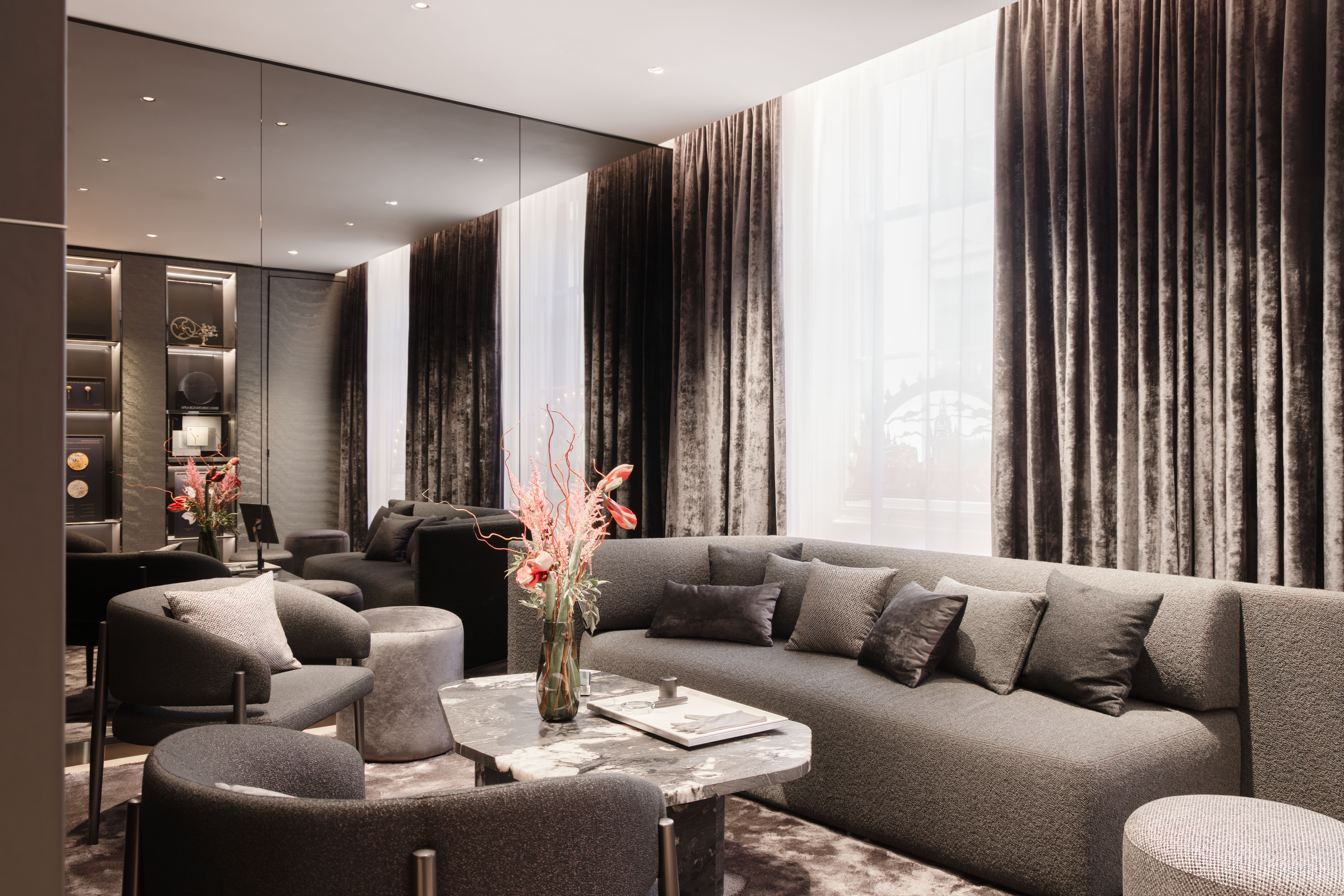 A. Lange & Söhne's new Bond Street flagship merges German charm with Mayfair poise
A. Lange & Söhne's new Bond Street flagship merges German charm with Mayfair poiseThe celebrate the launch of its handsome new home, the brand's releasing an equally elegant new watch
-
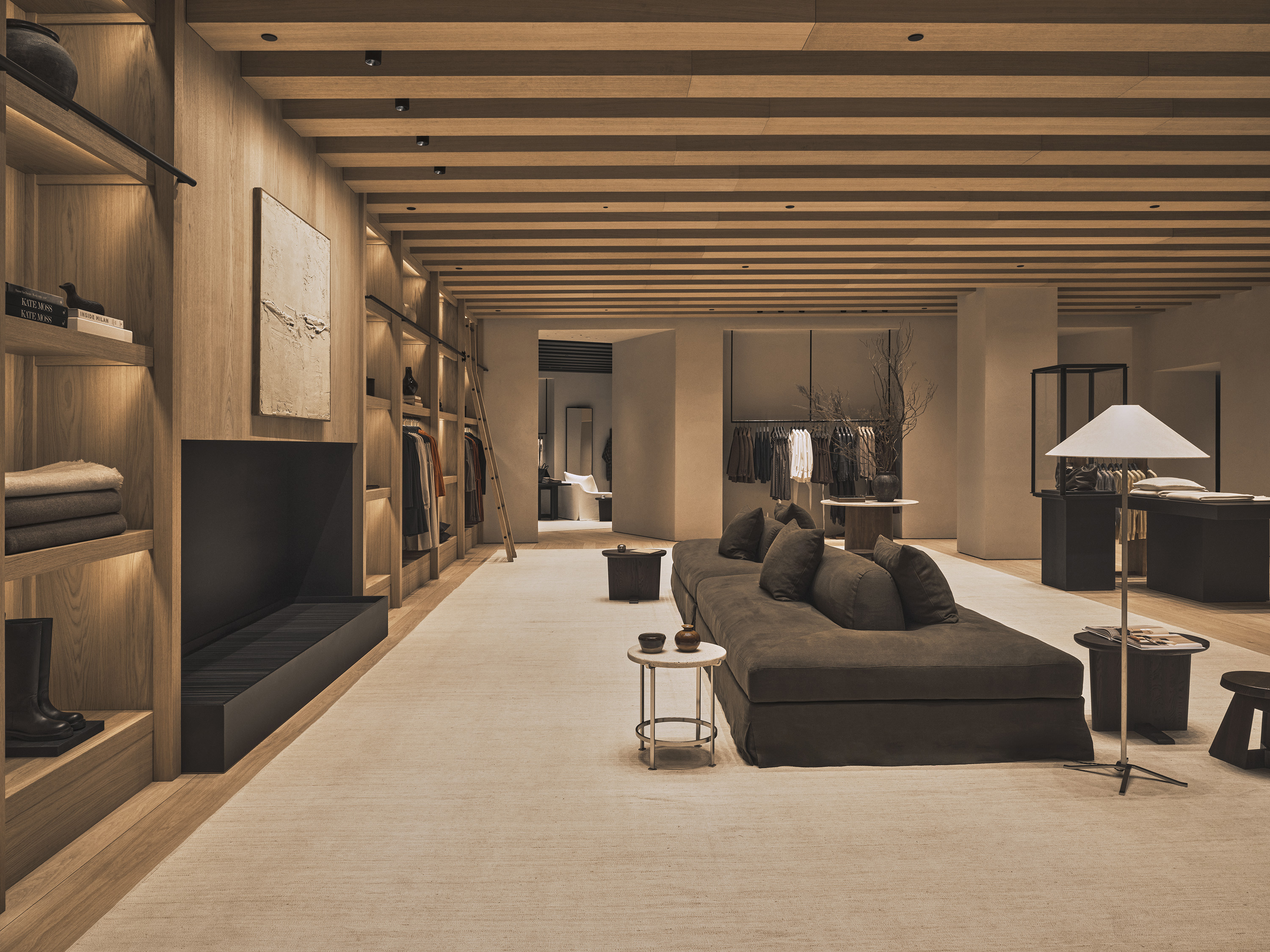 Vincent Van Duysen and Zara unveil a sophisticated new flagship concept in Barcelona
Vincent Van Duysen and Zara unveil a sophisticated new flagship concept in BarcelonaZara Diagonal by Vincent Van Duysen brings the intimacy of a domestic space to the shopping experience
-
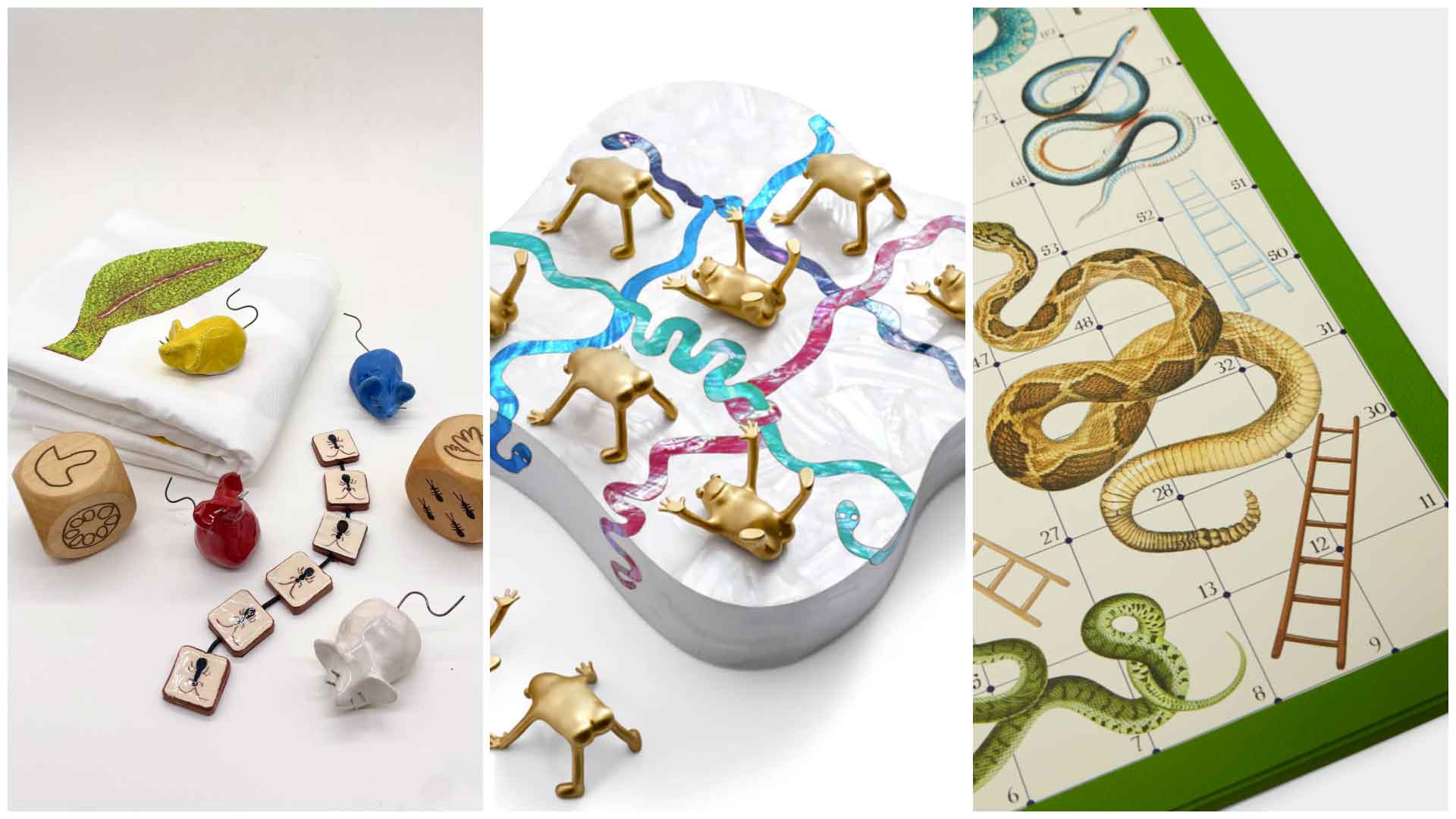 These classic board games are elevated with a creative twist
These classic board games are elevated with a creative twistFrom a leather Snakes and Ladders to a whimsical Noughts and Crosses (plus a few newcomers): browse our edit of the best board games to keep you and your guests entertained this holiday season
-
 Own an early John Lautner, perched in LA’s Echo Park hills
Own an early John Lautner, perched in LA’s Echo Park hillsThe restored and updated Jules Salkin Residence by John Lautner is a unique piece of Californian design heritage, an early private house by the Frank Lloyd Wright acolyte that points to his future iconic status
-
 The Stahl House – an icon of mid-century modernism – is for sale in Los Angeles
The Stahl House – an icon of mid-century modernism – is for sale in Los AngelesAfter 65 years in the hands of the same family, the home, also known as Case Study House #22, has been listed for $25 million
-
 Houston's Ismaili Centre is the most dazzling new building in America. Here's a look inside
Houston's Ismaili Centre is the most dazzling new building in America. Here's a look insideLondon-based architect Farshid Moussavi designed a new building open to all – and in the process, has created a gleaming new monument
-
 Frank Lloyd Wright’s Fountainhead will be opened to the public for the first time
Frank Lloyd Wright’s Fountainhead will be opened to the public for the first timeThe home, a defining example of the architect’s vision for American design, has been acquired by the Mississippi Museum of Art, which will open it to the public, giving visitors the chance to experience Frank Lloyd Wright’s genius firsthand
-
 Clad in terracotta, these new Williamsburg homes blend loft living and an organic feel
Clad in terracotta, these new Williamsburg homes blend loft living and an organic feelThe Williamsburg homes inside 103 Grand Street, designed by Brooklyn-based architects Of Possible, bring together elegant interiors and dramatic outdoor space in a slick, stacked volume
-
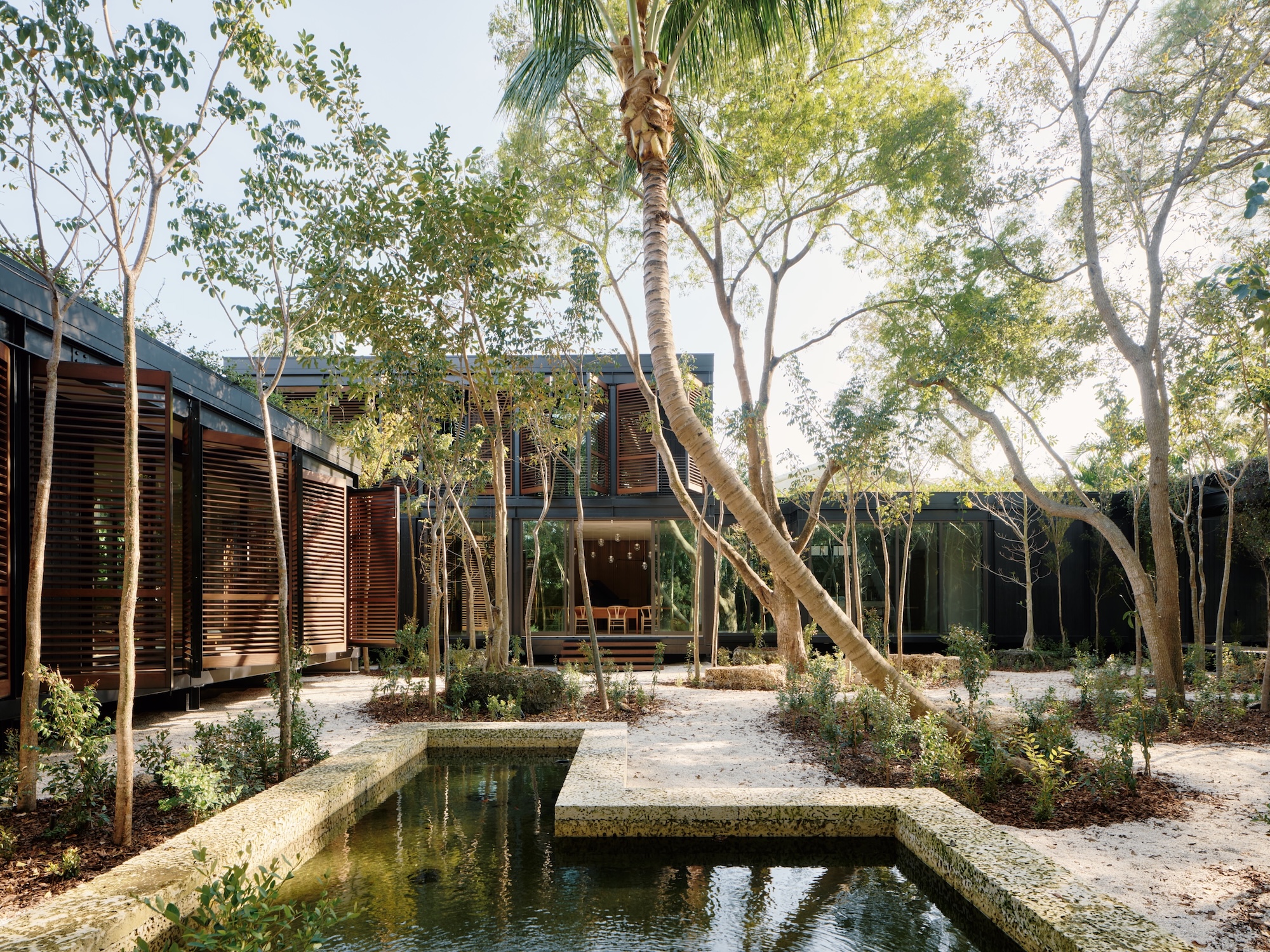 This ethereal Miami residence sprouted out of a wild, jungle-like garden
This ethereal Miami residence sprouted out of a wild, jungle-like gardenA Miami couple tapped local firm Brillhart Architecture to design them a house that merged Florida vernacular, Paul Rudolph and 'too many plants to count’
-
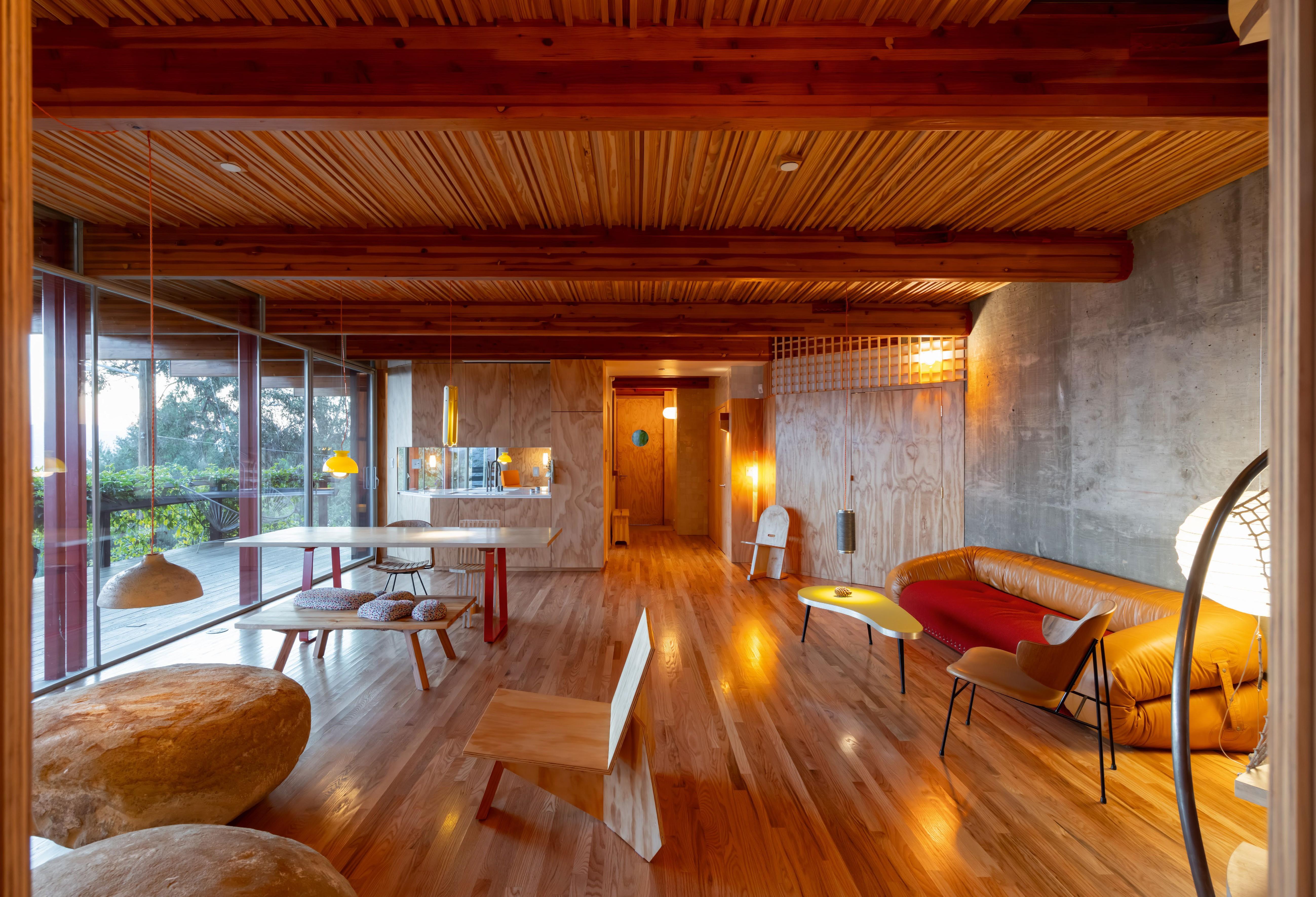 Tour Cano House, a Los Angeles home like no other, full of colour and quirk
Tour Cano House, a Los Angeles home like no other, full of colour and quirkCano House is a case study for tranquil city living, cantilevering cleverly over a steep site in LA’s Mount Washington and fusing California modernism with contemporary flair
-
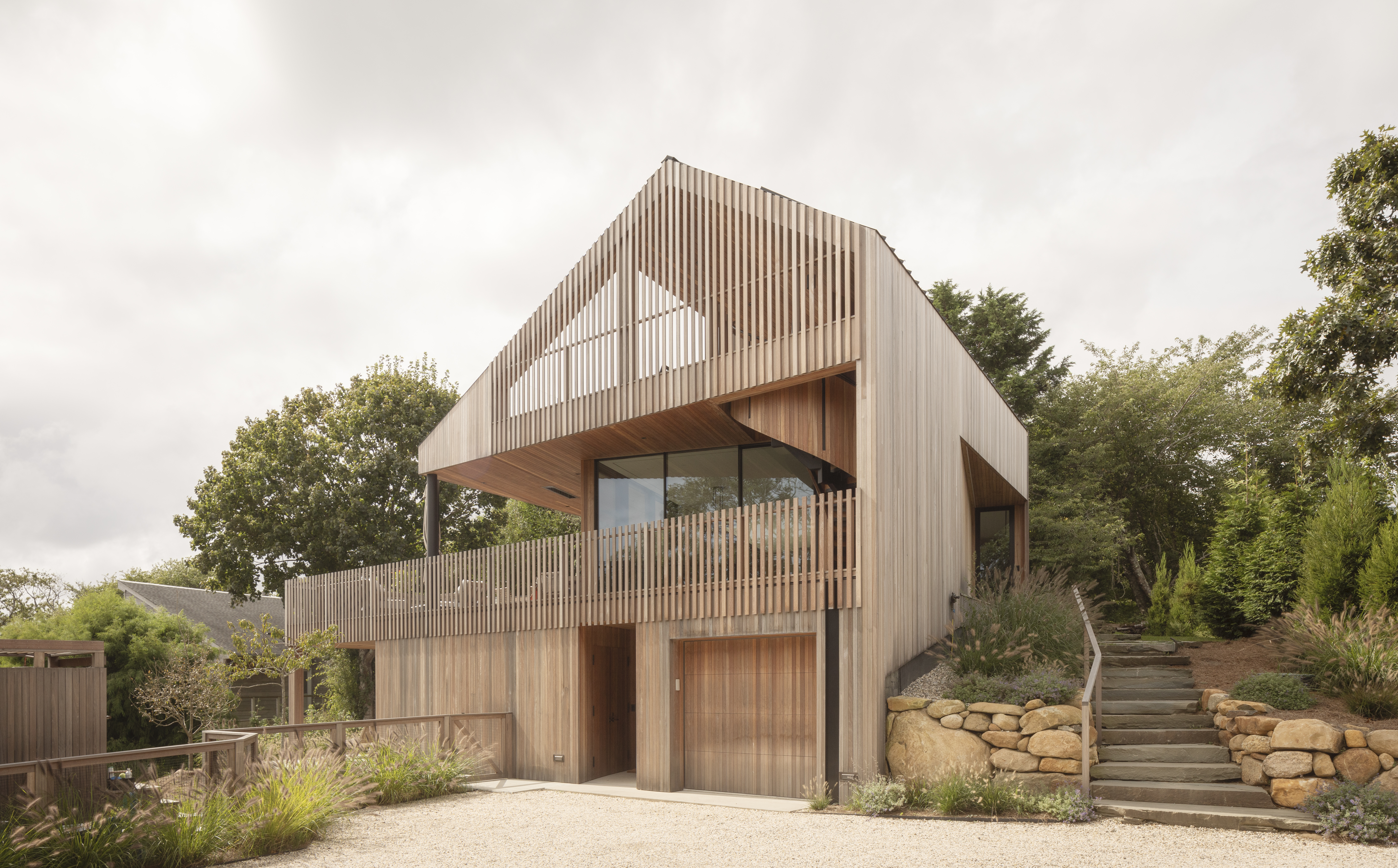 An ocean-facing Montauk house is 'a coming-of-age, a celebration, a lair'
An ocean-facing Montauk house is 'a coming-of-age, a celebration, a lair'A Montauk house on Hither Hills, designed by Hampton architects Oza Sabbeth, is wrapped in timber and connects its residents with the ocean